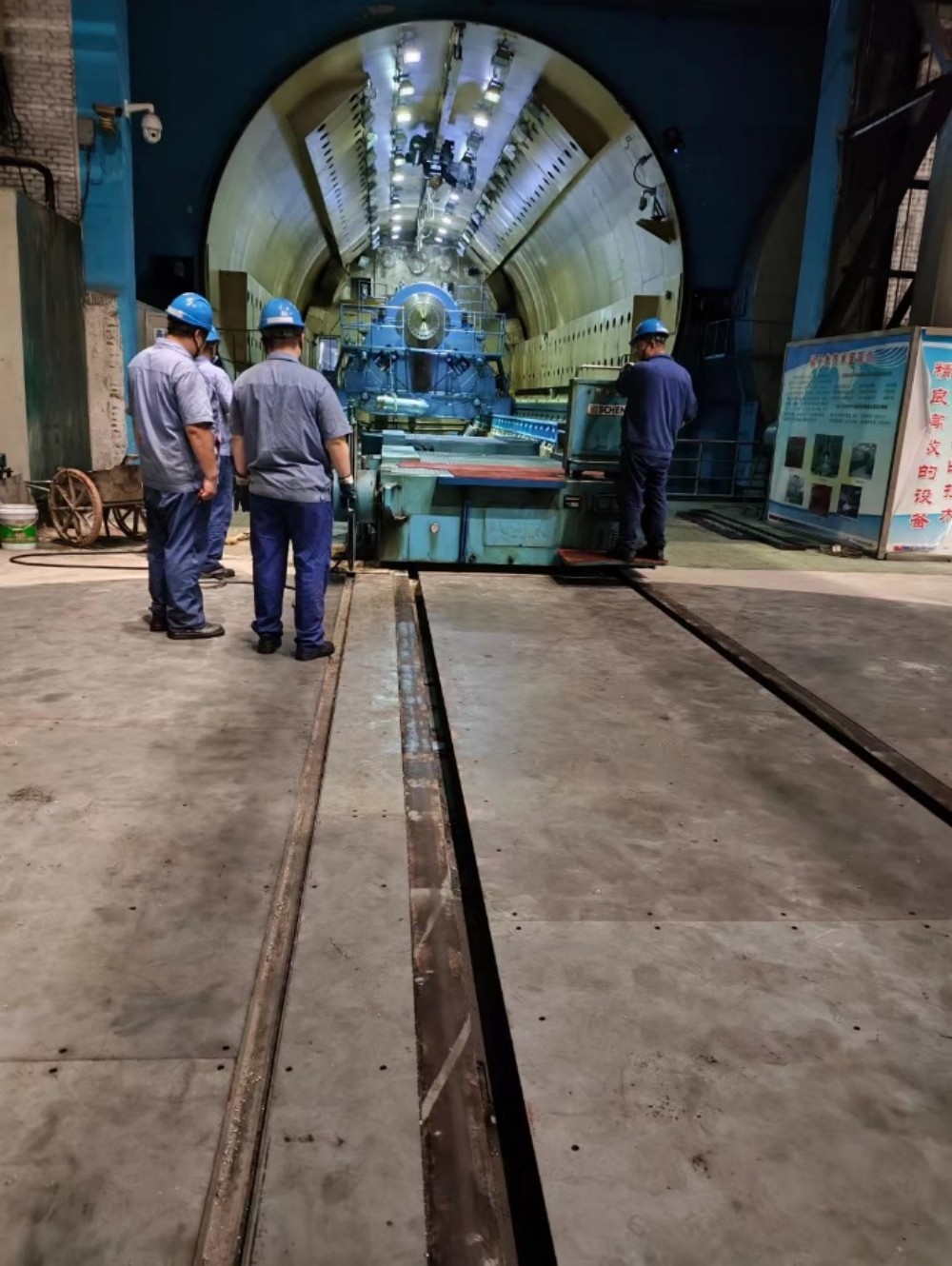When it comes to choosing the exterior material for your home, durability is a crucial factor to consider. Two popular options that often come into play are brick and siding. Both have their unique characteristics and advantages, but the burning question remains: What lasts longer, brick or siding? In this comprehensive blog post, we will delve into the intricacies of these materials, exploring their longevity, maintenance requirements, and overall performance. By the end, you'll have a clear understanding of which option stands the test of time.
- The Battle of Durability:
Brick:
Brick has long been hailed for its exceptional durability. Made from fired clay, it can withstand the elements, including extreme temperatures, moisture, and even fire. The lifespan of brick can easily surpass a century, making it a reliable choice for homeowners seeking longevity.
Siding:
Siding, on the other hand, comes in various materials such as vinyl, fiber cement, and wood. Each material has its own set of pros and cons in terms of durability. Vinyl siding, for instance, is known for its resistance to rot, insects, and fading. Fiber cement siding offers excellent durability against harsh weather conditions, including wind and hail. Wood siding, while aesthetically pleasing, requires regular maintenance to prevent rot and insect damage.
- Maintenance Requirements:
Brick:
One of the significant advantages of brick is its low maintenance requirements. Unlike siding, brick does not require painting or staining. It is resistant to pests, such as termites, and does not rot. However, occasional cleaning and repointing may be necessary to maintain its appearance and structural integrity.
Siding:
The maintenance needs of siding materials vary. Vinyl siding, for instance, is virtually maintenance-free, requiring only occasional cleaning. Fiber cement siding may require repainting every 10-15 years, while wood siding demands regular staining or painting, along with routine inspections for rot and insect damage.
- Environmental Impact:
Brick:
Brick is an environmentally friendly choice, as it is made from natural materials and can be recycled. It has excellent thermal mass properties, helping to regulate indoor temperatures and reduce energy consumption. Additionally, brick is non-combustible, making it a safer option in terms of fire resistance.
Siding:
The environmental impact of siding materials depends on the specific type chosen. Vinyl siding, for example, is not biodegradable and can release harmful chemicals when burned. Fiber cement siding contains cement, which requires significant energy during production. Wood siding, if sourced sustainably, can be an eco-friendly option, but it may require regular maintenance and treatment to prevent rot and decay.
Conclusion:
In the battle between brick and siding, both materials have their merits. Brick offers exceptional durability, low maintenance, and environmental benefits. Siding, on the other hand, provides a range of options, each with its own advantages and considerations. Ultimately, the choice between brick and siding depends on your specific needs, budget, and aesthetic preferences. By carefully weighing the factors discussed in this article, you can make an informed decision that ensures your home's exterior stands the test of time.




More Stories
The Versatility of Fiberglass Woven Cloth in Industrial Applications
Top Benefits of Installing Industrial Fire Doors in High-Risk Environments
Why H20 Beams Are Essential for Large-Scale Construction and Infrastructure Projects